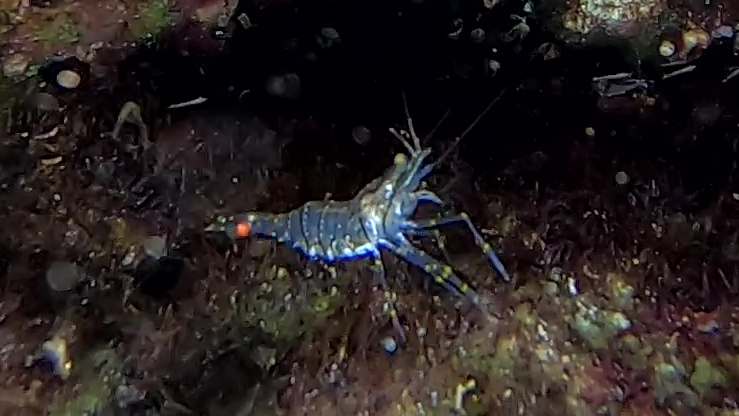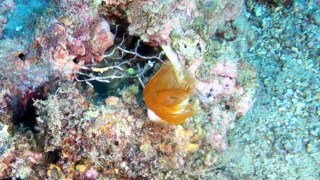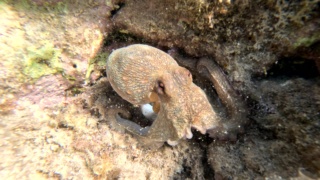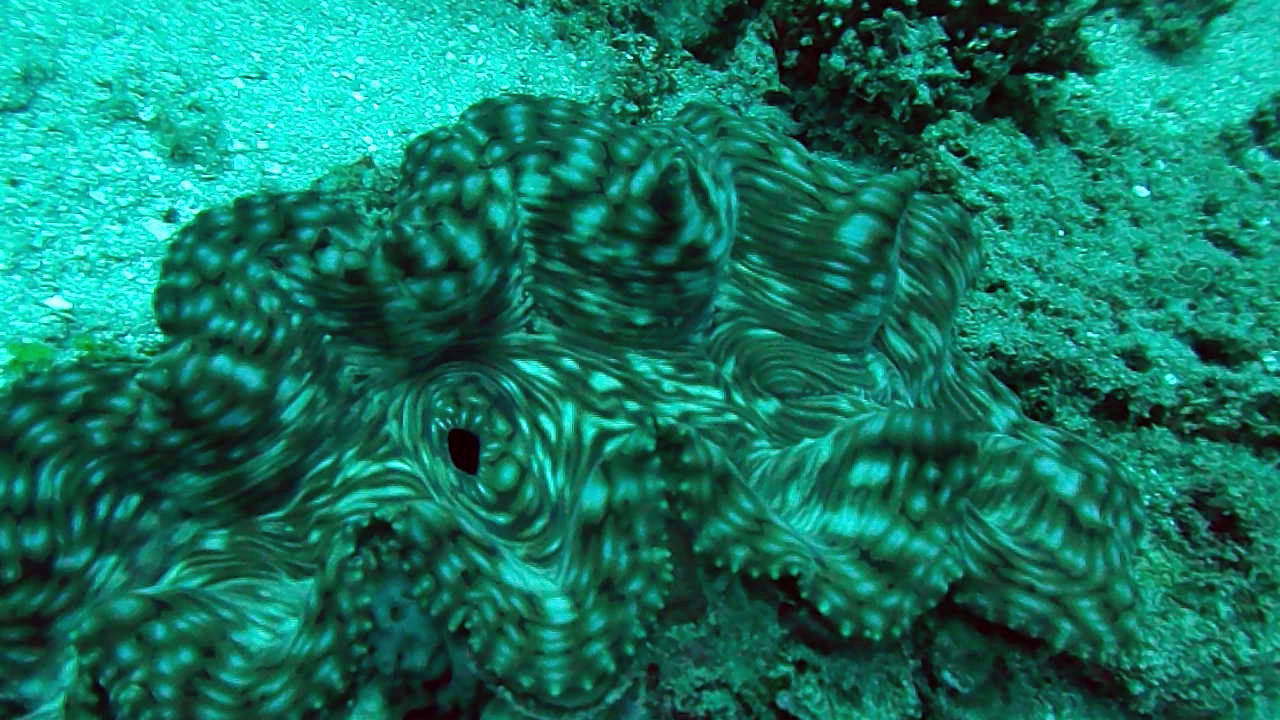While snorkelling in the sea off the island of Cyprus I met this dark purple Spiny Oyster firmly anchored to the rocks. This Oyster, Spondylus gaederopus, has become rare to come across for various reasons; some maintain that there has been an excessive fishing for food purposes, others maintain that their rarefaction is due to an epidemic which has affected the species. Personally I had never met her in my diving experience. Known in Italy as Spondilo we can find it in shallow reefs up to a depth of 50 meters. Spondylus gaederopus is a species of marine bivalve mollusc, a thorny oyster in the family Spondylidae. This species is endemic to the Mediterranean Sea. Spondylus gaederopus attaches itself to the substrate with its lower valve, which is usually white, while the upper valve is usually purple. Specimens that are all white, or all purple do, however, exist. The mollusc is edible, and is consumed in Sardinia. Ostrica Spinosa o Spondilo
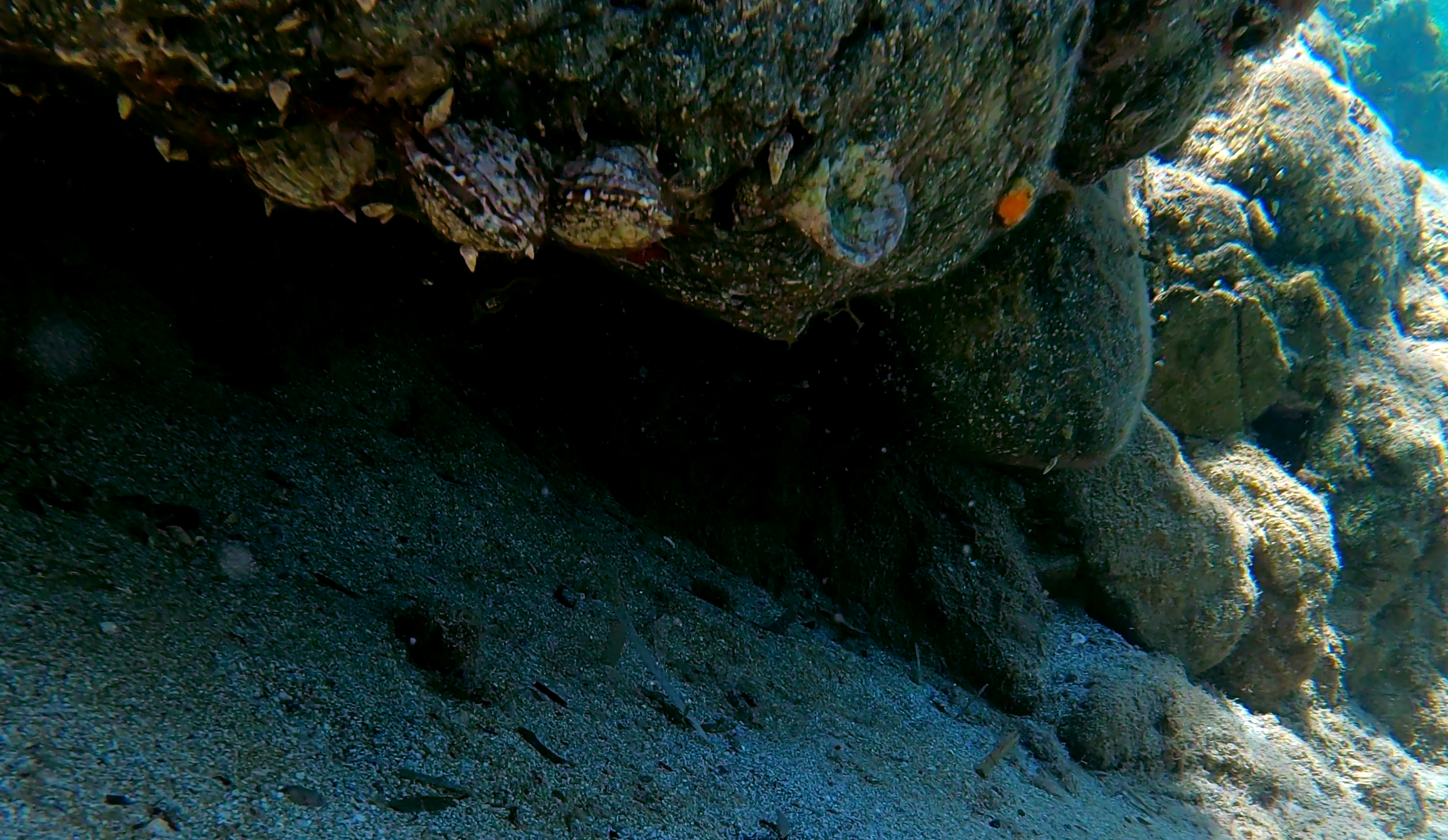
Ostrica Spinosa o Spondilo – Spiny Oysters – Spondylus gaederopus – www.intotheblue.it
Spondylus is a genus of bivalve molluscs, the only genus in the family Spondylidae. They are known in English as spiny oysters or thorny oysters (though they are not, in fact, true oyster). The many species of Spondylus vary considerably in appearance. They are grouped in the same superfamily as the scallops. They are not closely related to true oysters (family Ostreidae); however, they do share some habits such as cementing themselves to rocks rather than attaching themselves by a byssus. The two halves of their shells are joined with a ball-and-socket type of hinge, rather than with a toothed hinge as is more common in other bivalves. They also still retain vestigial anterior and posterior auricles (“ears”, triangular shell flaps) along the hinge line, a characteristic feature of scallops, though not of oysters. Spiny oysters are found in all subtropical and (especially) tropical seas, usually close to the coasts.
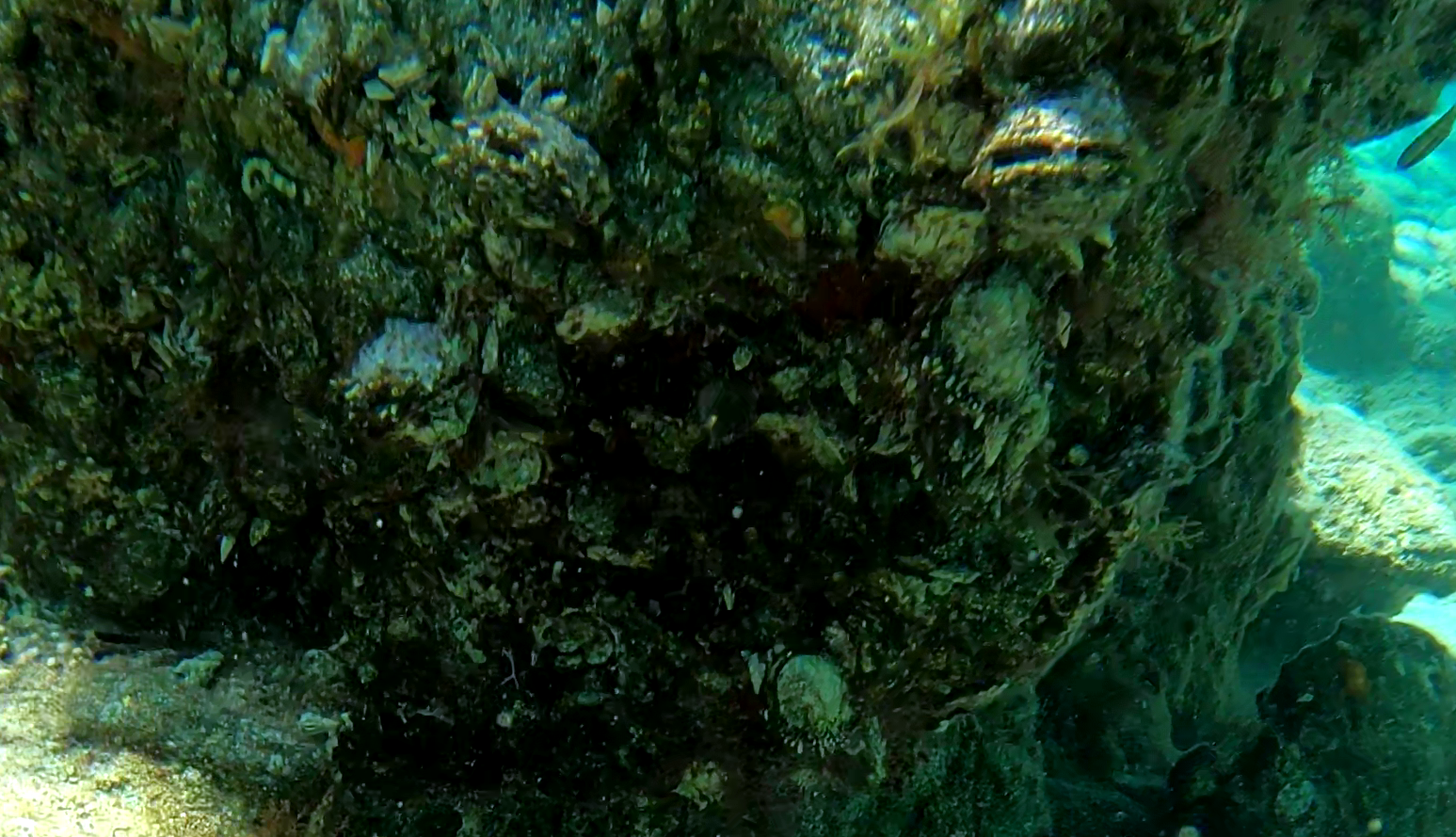
Ostrica Spinosa o Spondilo – Spiny Oysters – Spondylus gaederopus – www.intotheblue.it
Spondylus are filter feeders. The adults live cemented to hard substrates, a characteristic they share, by convergent evolution, with true oysters ahd jewel boxes. Like the latter, they are protected by spines and a layer of epibionts and, like the former, they can produce pearls. The type of substrate they use depends on the species: many only attach to coral, and the largest diversity of species is found in tropical coral reefs; others, (particularly S. spinosus) however, easily adapt to man-made structures, and have become important invasive species. Others still are often found attached to other shells, perhaps the most common belonging to the genus Malleus.
 English
English Italiano
Italiano
